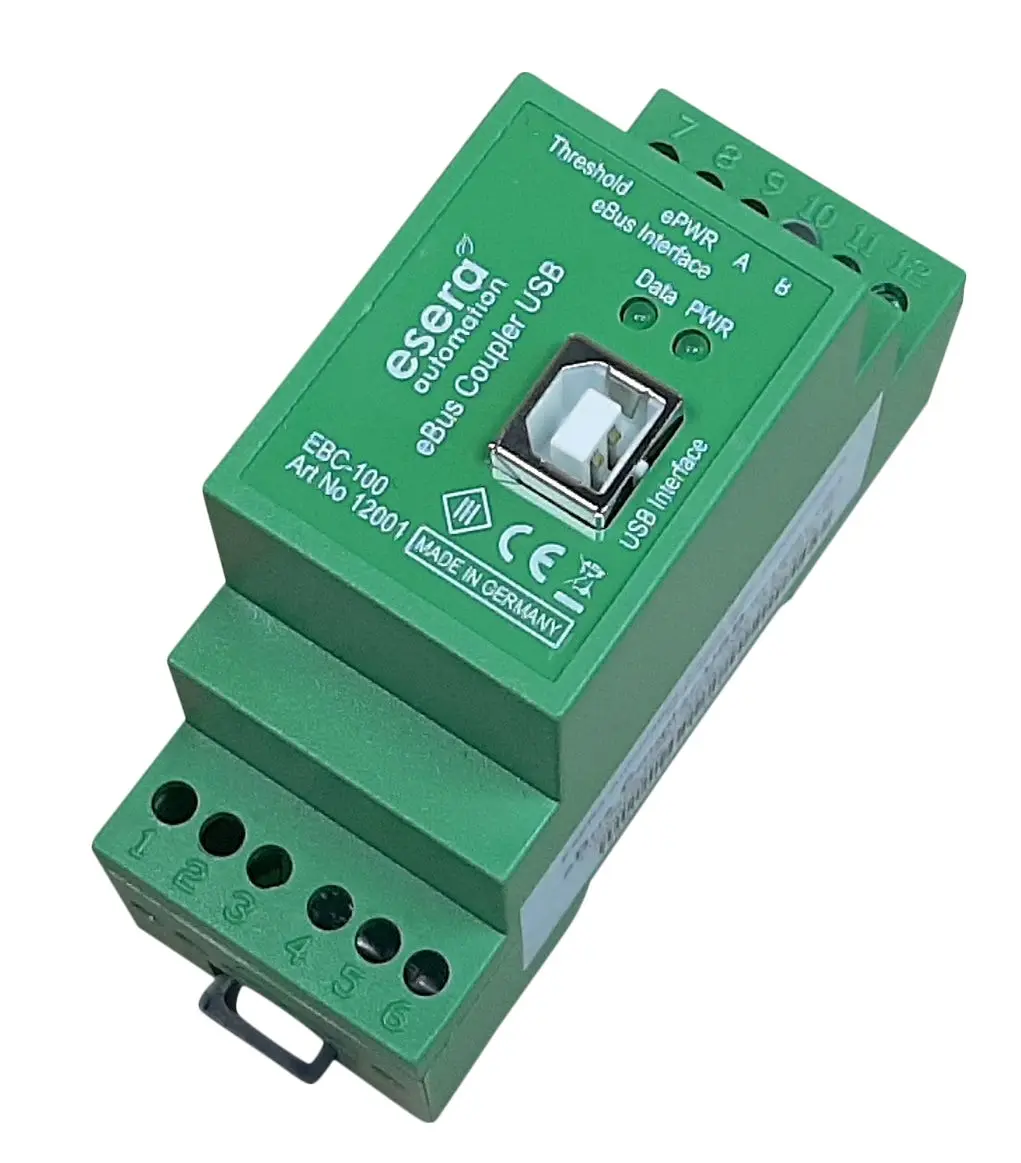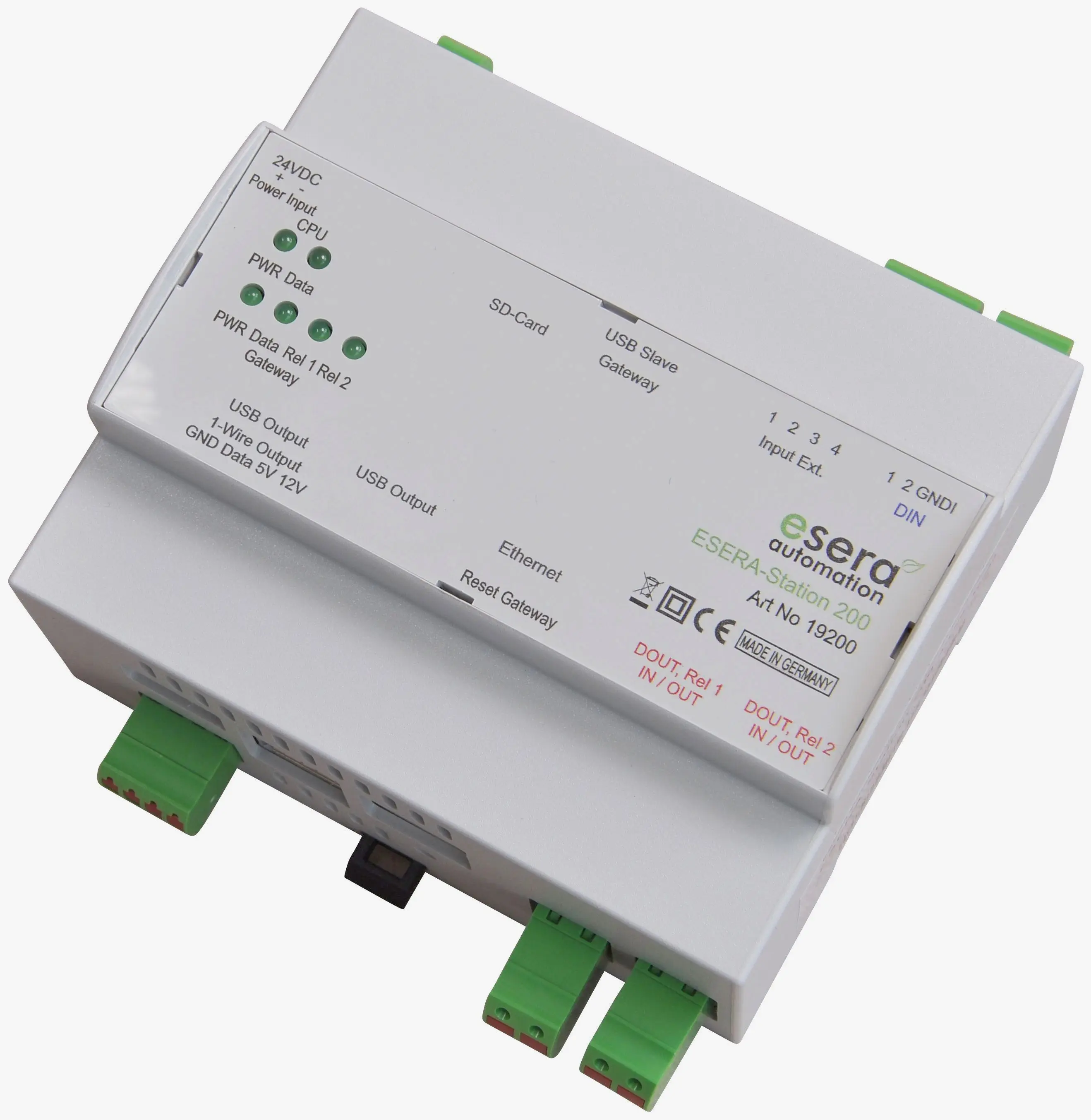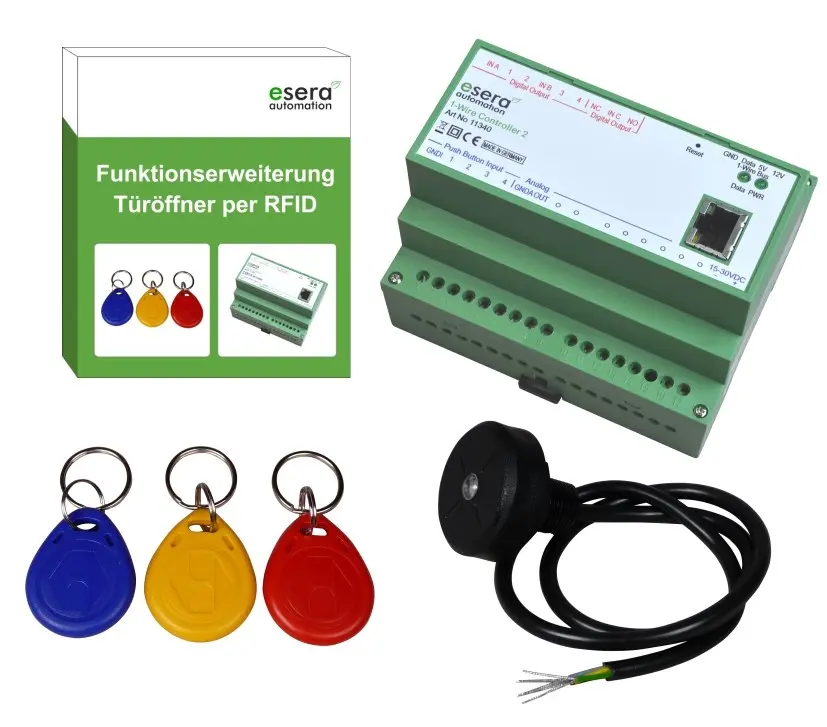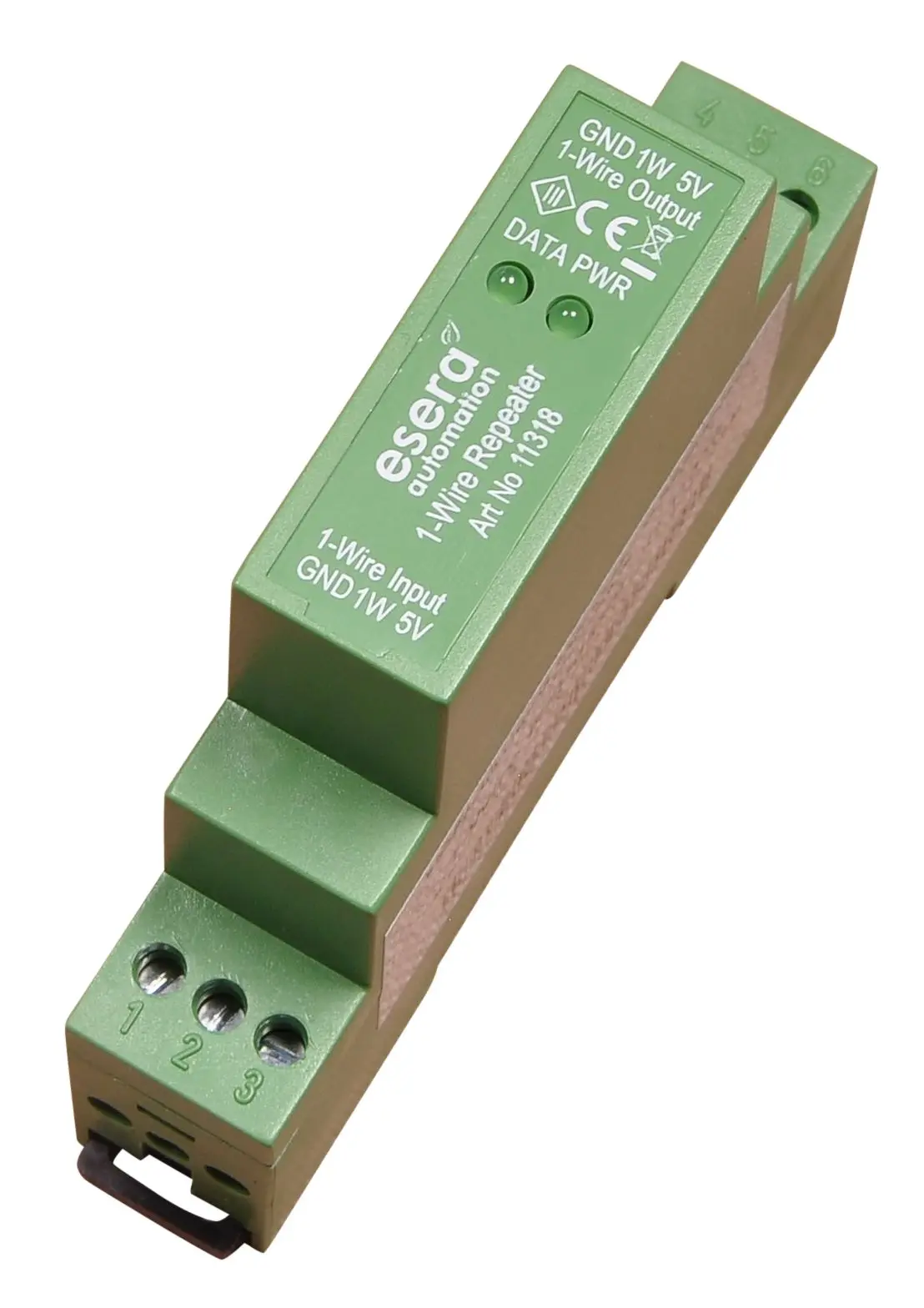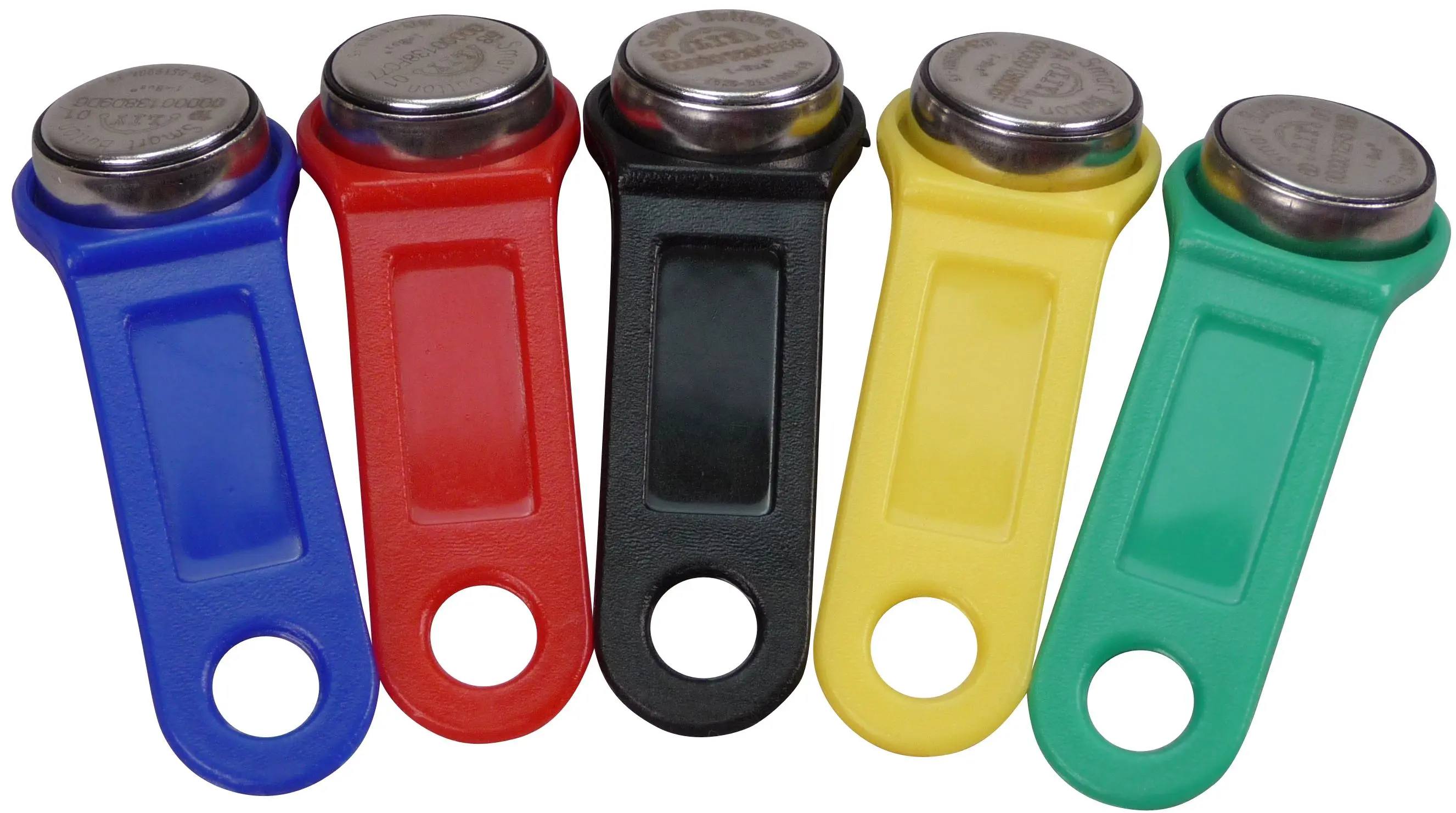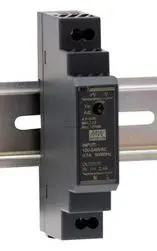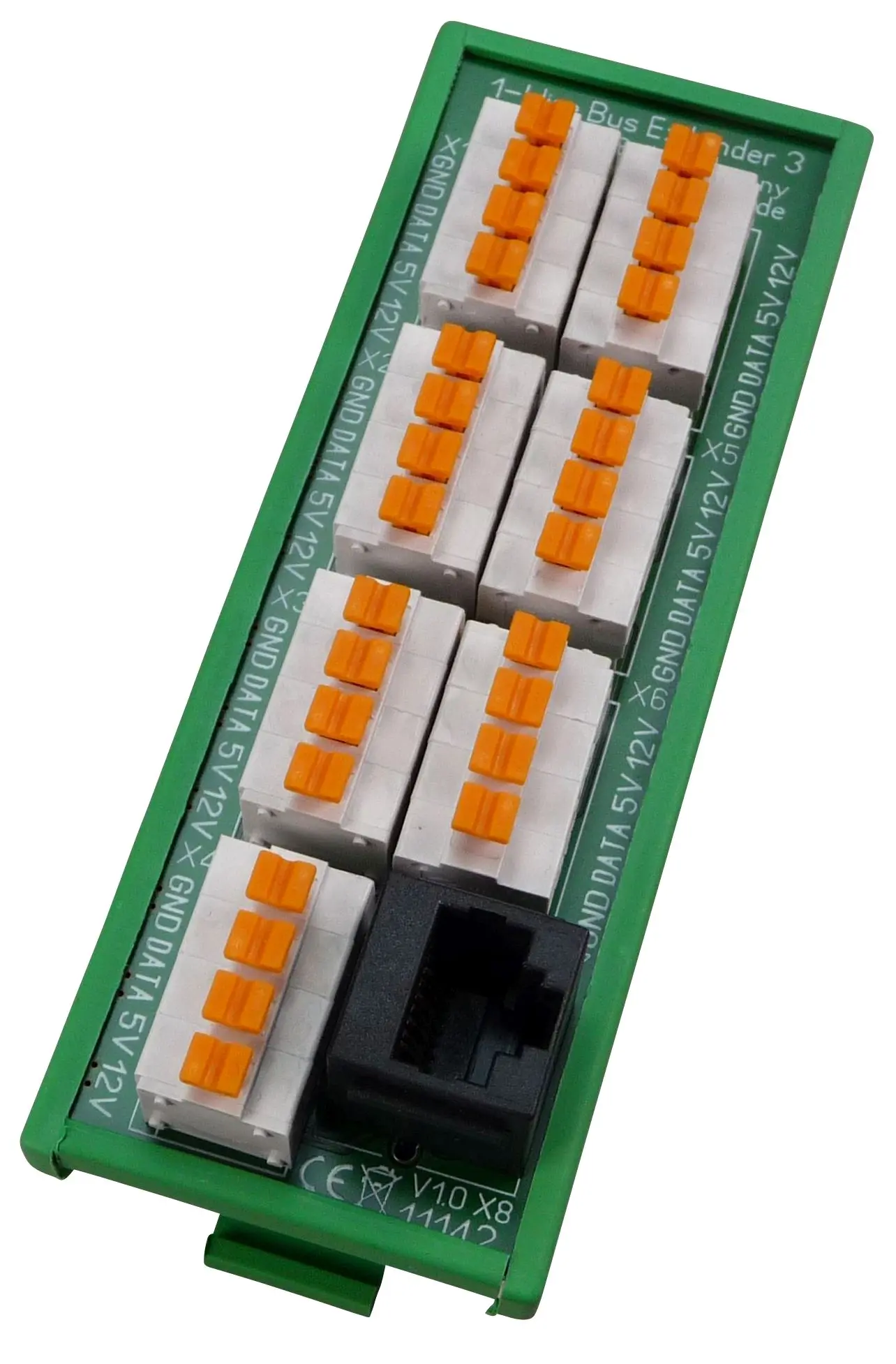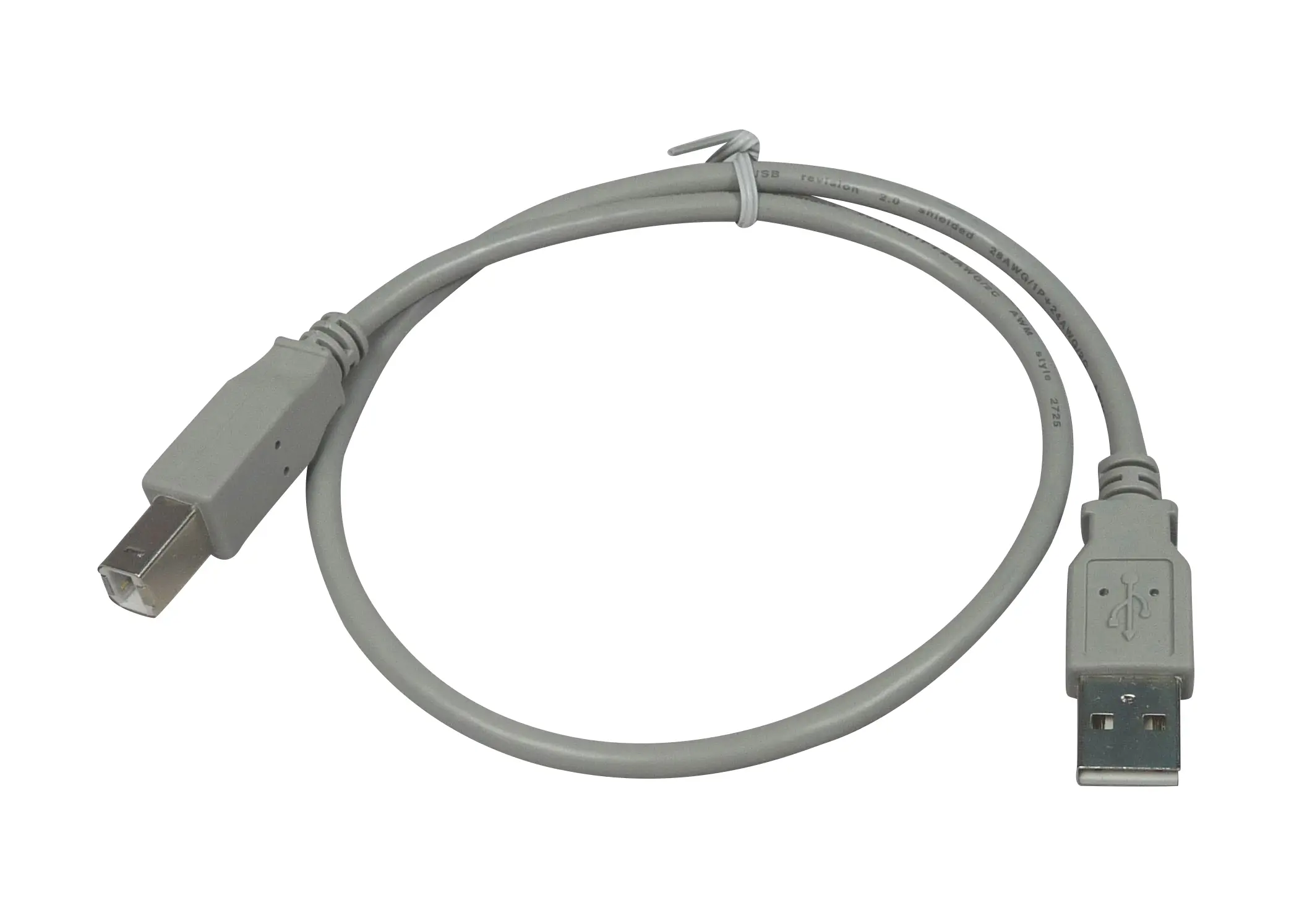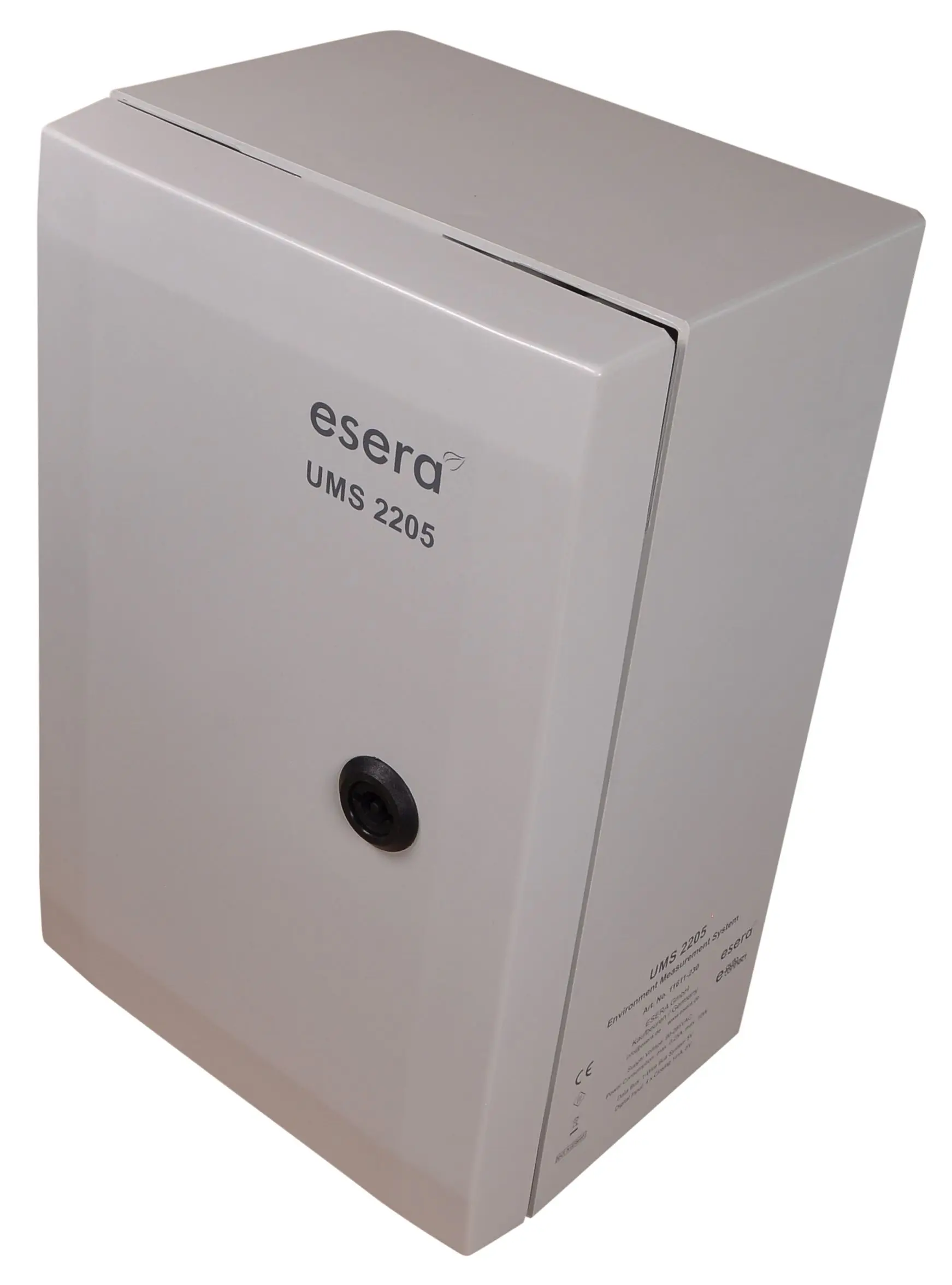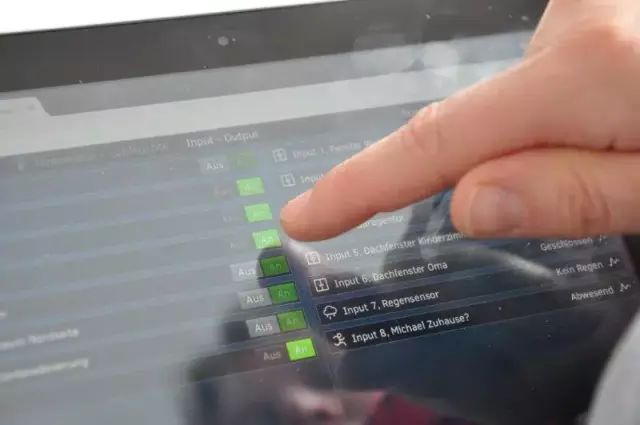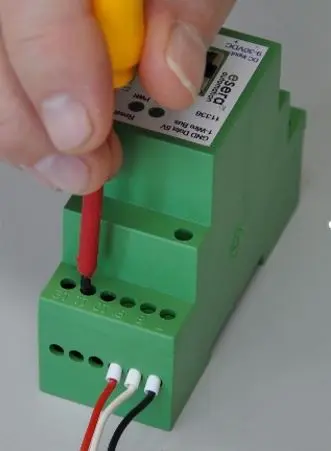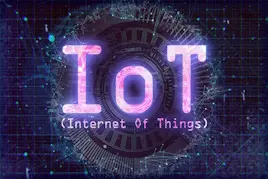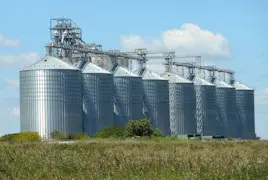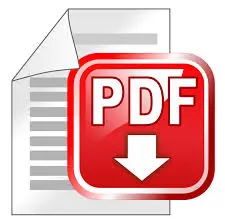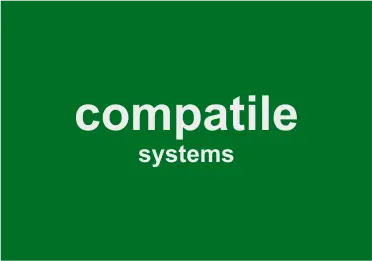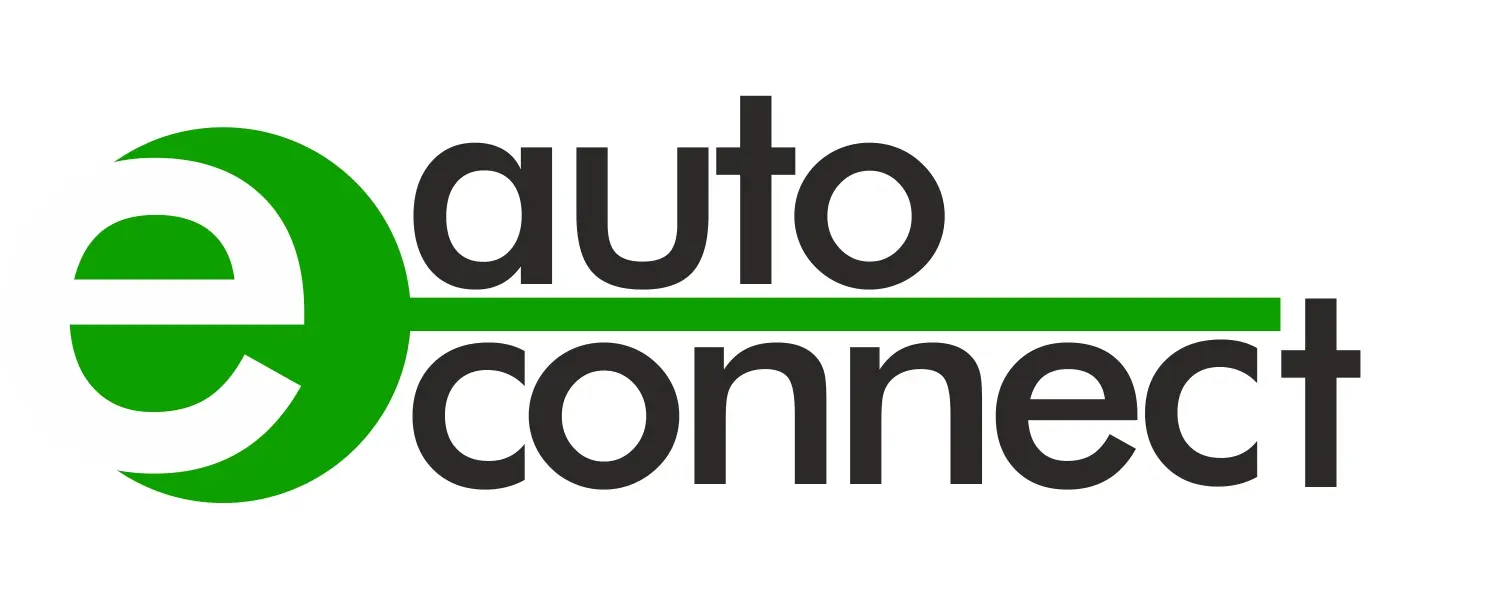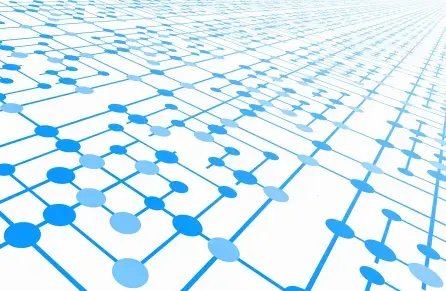Municipal Energy Management in 3 Steps
Energy management at the municipal level
is becoming increasingly important, leading to the deployment of more energy representatives or managers.
The task in energy management is to save energy through targeted measures, such as renovating buildings. However, many energy managers face the major challenge of identifying optimization potentials and deriving measures. Is the energy consumption of the municipality within acceptable limits? Should the kindergarten or school be renovated? Which consumer is causing the most costs? And on what basis can he answer such questions?
Find out how to succeed in municipal energy management in 3 steps here:
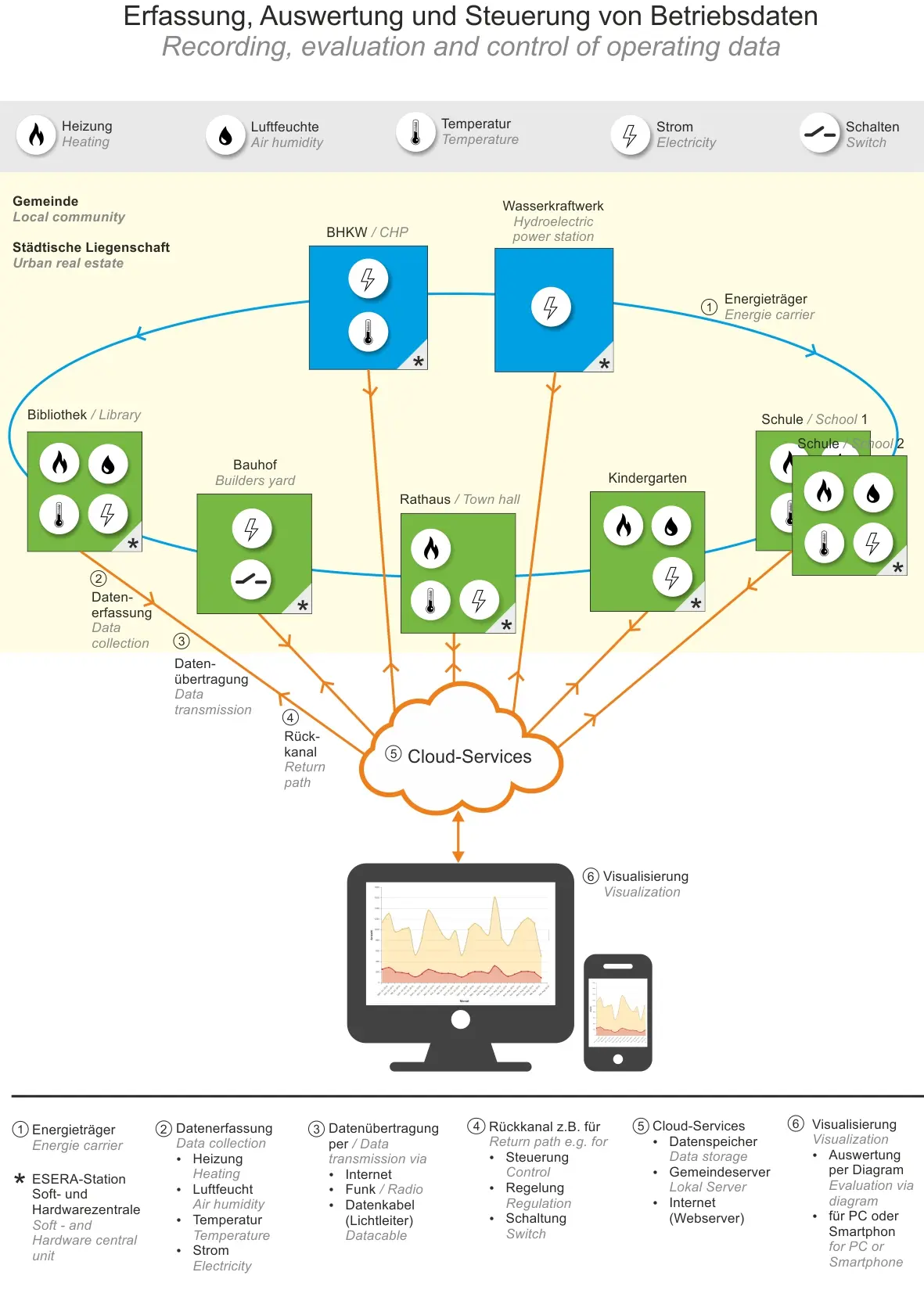
Step 1: Regular and reliable consumption data collection - by using energy-saving sensors
The basis for energy-saving measures is reliable consumption data for all buildings in the municipal environment. This includes, for example:
- Schools
- Pre-schools
- Town halls
- Theaters
The first step is to capture the condition and consumption of each building in the municipalities.
Reading electricity, heat, or water consumption by trained personnel has been the conventional way so far.
However, this method of data collection is costly and prone to errors in order to obtain reliable and robust data. Much more efficient and versatile, on the other hand, are modern helpers such as sensors that can independently capture various data from the building.
For this purpose, ESERA offers high-quality products, such as:
- S0 Counter to read out zur electricity consumption meters, gas- and water meters
- Temperature-, humidity- and air quality sensors

